Roderic O'Conor (1860-1940)
Le Verger - the Orchard or Trees in the Wind, 1893
plate: 255 x 330 mm
sheet: 380 x 565 mm
Original etching on cream Arches wove paper (watermark "Arches France", see photo)
Large untrimmed margins
Sold as a sheet
Very good condition (natural undulation of the paper)
* * *
In the summer of 1893, in Pouldu, near Pont-Aven, the Irish artist Roderic O'Conor (1860-1940) began his engraving practice outdoors in the Breton landscapes alongside his friend, the French Armand Seguin (1869-1903). During these months of intense creation and exploration of both his adopted region and engraving techniques, Roderic O'Conor produced a series of prints, now very rare in their original impressions, but which are better known thanks to a modern second printing. This particular print, entitled The Orchard, was published in 1981 in an edition of 100 copies by the Paul Prouté gallery, based on the original zinc plate purchased at auction in 1975. It is a reprint, yet the visionary radicalism of the composition is enhanced by the striking contrasts of professional inking and the impeccable condition of Arches vellum paper.
As is often the case, studying this print and researching its context allows us to discover more broadly the career and work of Roderic O'Conor, this overlooked painter who was nevertheless close to the most radical sensibilities of his time, notably Alfred Jarry, Charles Filiger, Armand Seguin, Emile Bernard, and Paul Gauguin. In the spring of 1894, when Gauguin returned to Brittany after his first trip to Tahiti, he met Roderic O'Conor. They exchanged prints, and Gauguin even invited his new Irish friend to return with him to his Pacific island. This project never materialized, but it is a testament to the remarkable friendship between Gauguin and the artist.
* * *
As a supplement to this research, a few chosen excerpts from Roy Johnston's study in his catalogue raisonné of Roderic O'Conor's prints, published in 1999 :
"If we consider O'Conor's prints as a whole, it is clear that his most interesting work emerged from his collaboration with Seguin at Le Pouldu. O'Conor's linear drawing in these prints was closely linked to the long bands of color with which he structured his paintings. In his prints, the distinctive use of lines that express natural rhythms, along with flattened landscape forms, clearly demonstrates O'Conor's debt to Gauguin's Synthetism. The prints he left us are an important addition to our understanding and appreciation of the work of the Pont-Aven School, while also confirming Roderic O'Conor as one of its most significant artists.
Because the materials available at Le Pouldu were very limited compared to the professional workshops in Paris, the two artists had to improvise. Most of the prints O'Conor produced at Le Pouldu were engraved on thin zinc plates, which yielded a grainier printed surface and less precise lines than those obtained with a copper plate. In a letter to O'Conor a few years later, Seguin revealed that they had actually used roofing zinc: "We were ridiculous to use roofing zinc and copper." This explains the presence, on the plates and prints, of ink marks and other imperfections caused by unintentional etching during the acid baths. O'Conor likely prepared his plates in the studio, then took them to the location, like sheets of paper from a sketchbook, drawing directly on each plate, in front of his subject. In this, he seems to have perfectly grasped the spirit of Philippe Burty's definition of a print as "a drawing in multiple copies."
O'Conor is not concerned with arabesques: his sinuous line is impatient, deep, fragmented, often anarchic."



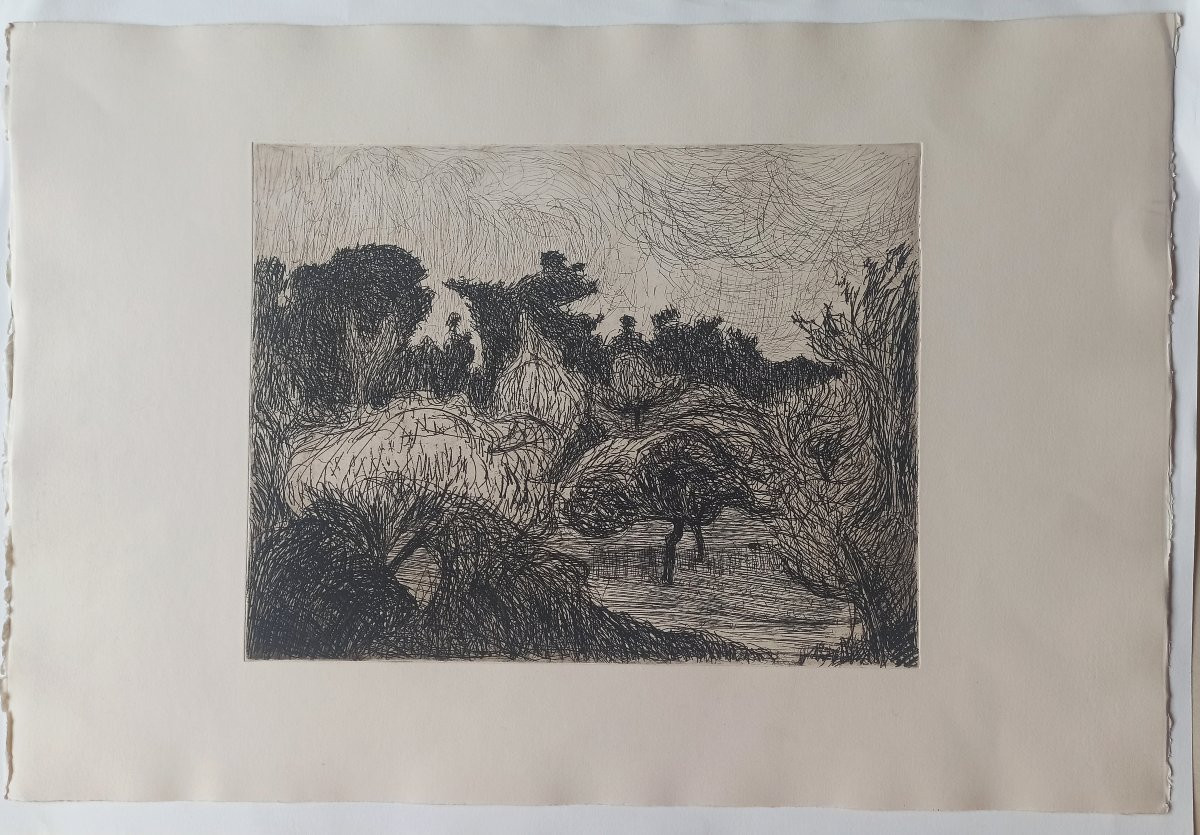

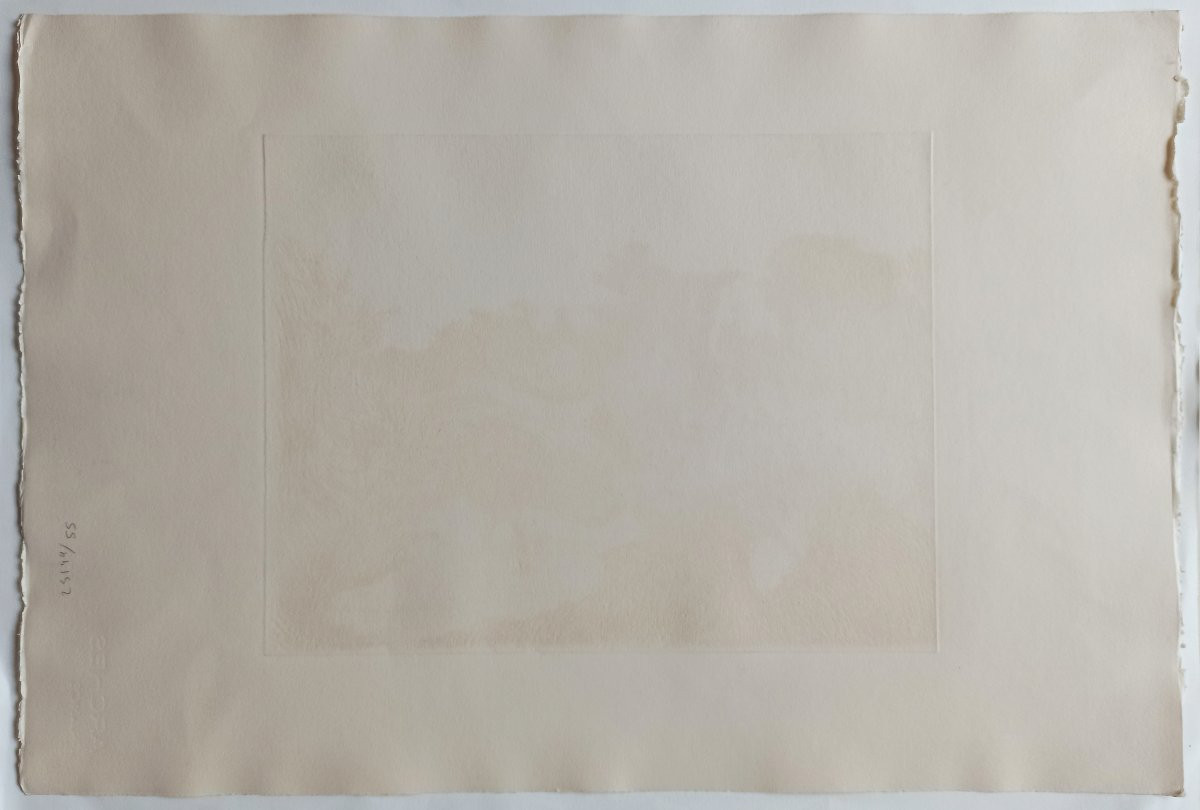
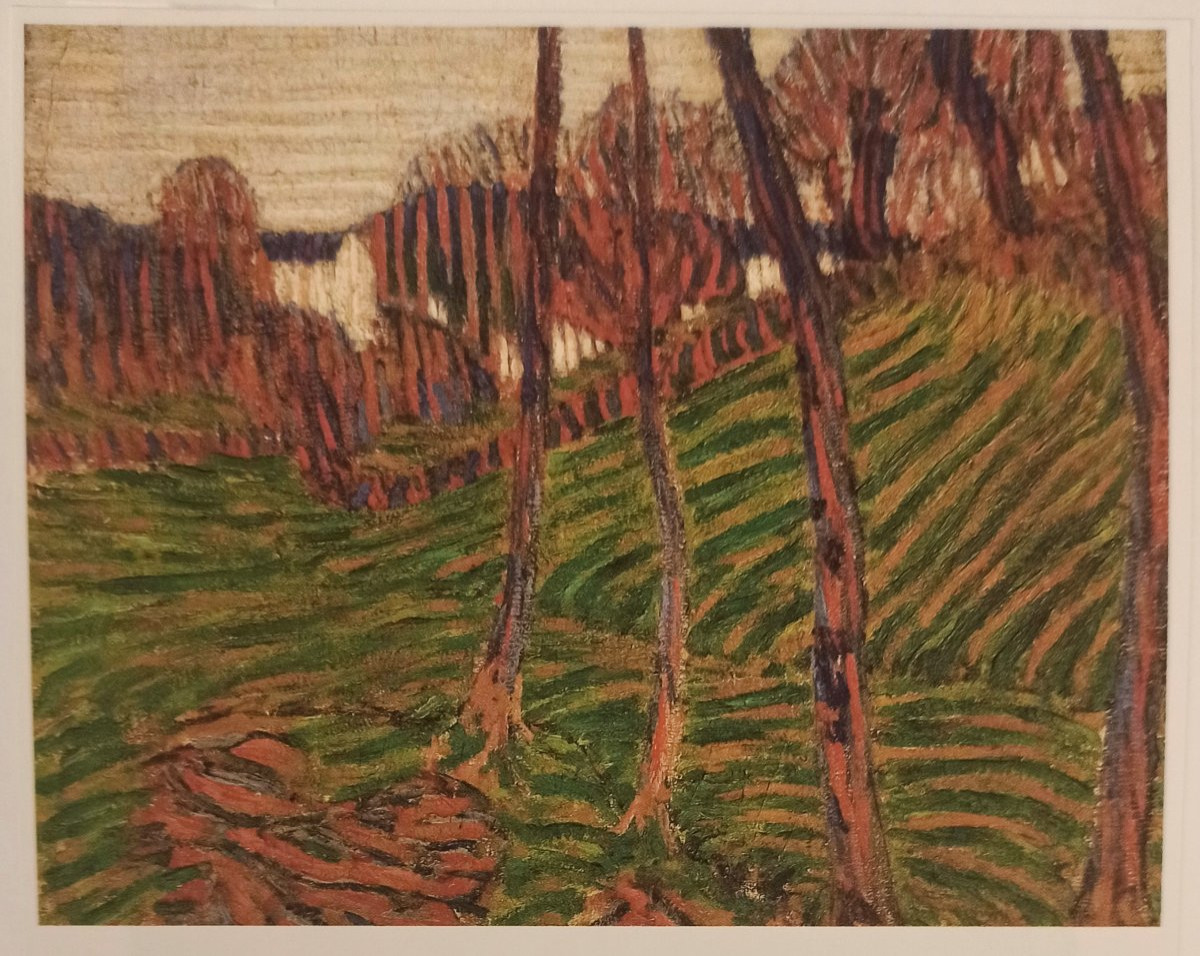
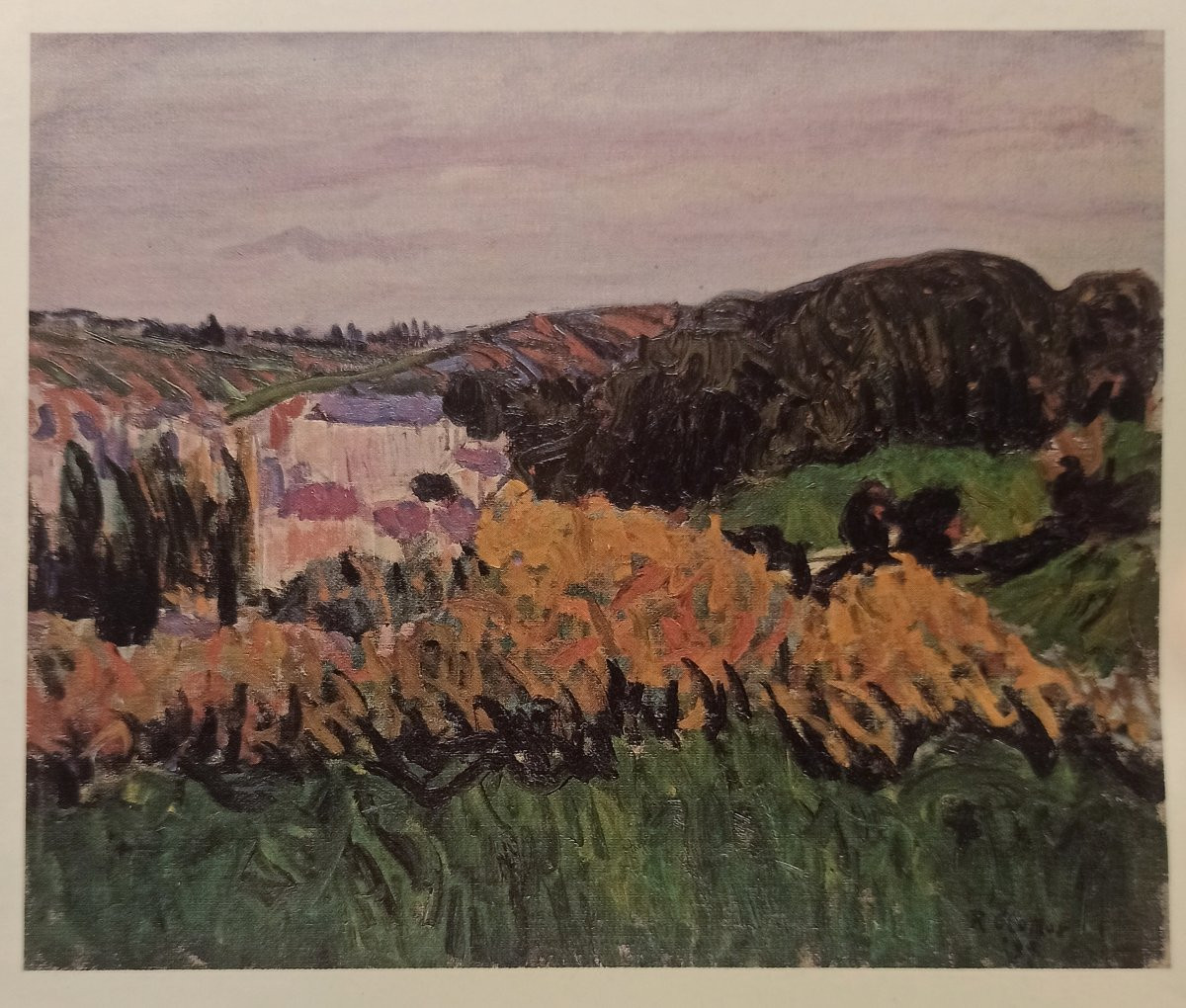
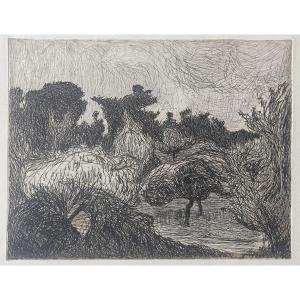










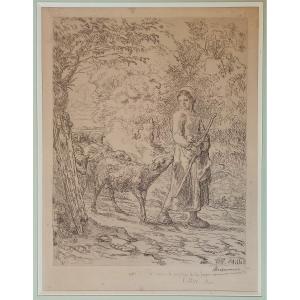




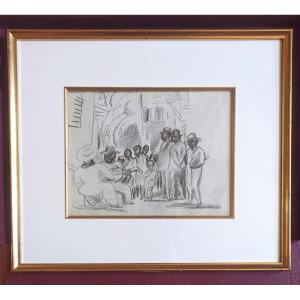
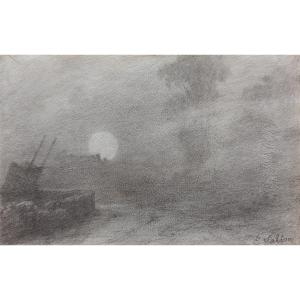
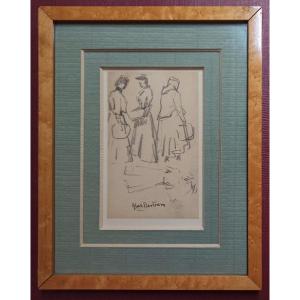

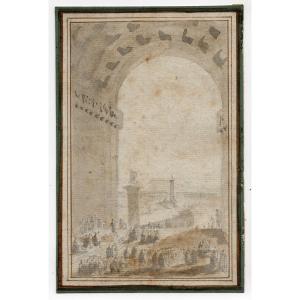




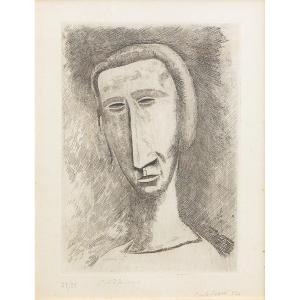




 Le Magazine de PROANTIC
Le Magazine de PROANTIC TRÉSORS Magazine
TRÉSORS Magazine Rivista Artiquariato
Rivista Artiquariato